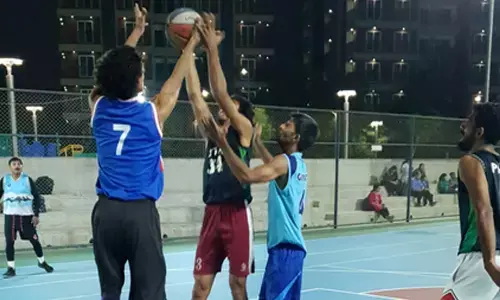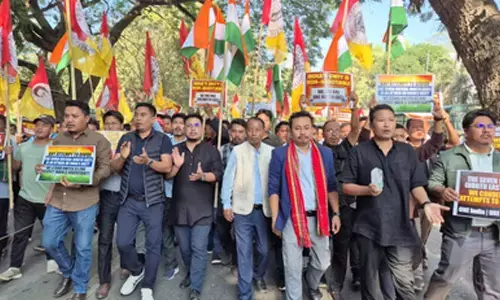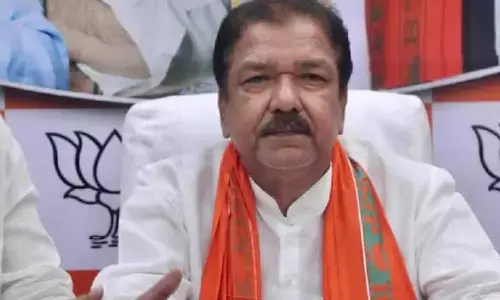Ancient Indian Games That Sparked Minds and Shaped Cultures

India, a land rich in history and culture, has a treasure trove of traditional games that offer intellectual nourishment and cultural lessons.
India, a land rich in history and culture, has a treasure trove of traditional games that offer intellectual nourishment and cultural lessons. These games were developed to improve the skills required for the existence of communities, with the design involving artisan skills and the material reflecting the resources availiable.
Chess was prevalent in many indigenous civilizations, with comparable gameplay methods called by other names like as Chaturanga and Asthapada. Pachisi is a well-liked game called ludo, and another game with comparable characteristics is Chowka Bara or Ashta Chamma. Chowka Bara or Ashta Chamma is a board game played by two or four players, using both luck and strategy via the use of unique dice. The game is referred to by many appellations in diverse languages and areas of India.
Snakes and ladders is a universally recognised board game that may be played by two or more participants. Originally known as Moksha Patam in ancient India, this game is often referred to as Vaikunthapali or Paramapada Sopana Patam in Telugu, Saanp aur Seedhi, Saanp Seedhi, and Mokshapat in Hindi, Parama padam in Tamil Nadu, and Shap Shiri or Shapludu in Bengali-speaking areas. Pallanguzhi is an ancient game played across South India with cowrie shells or seeds, focusing on strategy and resource management. Uriyadi, also known as Gattai, is a strategic battle of wits and spatial reasoning played on a checkered board with black and white counters. Lattu (Diya) or spinning top is a game originating from ancient civilizations, fostering hand-eye coordination, dexterity, storytelling, and cultural identity through design and competition.
There are also additional games that use rhymes and actively involve young children in learning and fostering a feeling of connection. There are several recreational activities suitable for individuals of all age groups that have been handed down through centuries. Preserving and documenting ancient indoor games from India is crucial for several reasons. It is about preserving the cultural heritage of Indian culture, which reflects diverse regional traditions, myths, and values. These games offer a window into the past, showcasing how communities learned, entertained themselves, and socialized for centuries. They also contribute to intellectual development, as they sharpen cognitive skills like memory, strategic thinking, planning, and problem-solving.
Traditional games were often played in groups, fostering social interaction and community spirit. Preserving these games encourages face-to-face interaction and strengthens social bonds in an increasingly digital world. Many traditional games can be used as educational tools, teaching basic math skills, resource management, and storytelling.
There are two types of games: indoor and outdoor. Indoor games are specifically designed to enhance psychological capabilities, while outdoor activities focus on improving physical health. The emphasis was mostly on augmenting the psychological strain and preparing the youngsters for an unforeseeable circumstance. Having a clear and focused mindset is crucial for making appropriate judgements.
Modern games are inducing feelings of worry, tension, and a harmful atmosphere. The nature of games has a negative impact on the personality development of people. Furthermore, documenting and sharing these games from different regions of India fosters appreciation for the country’s cultural diversity. It allows people to learn about different traditions, customs, and ways of life, promoting understanding and breaking down stereotypes.
preserving and documenting ancient indoor games from India is not just about nostalgia; it is about safeguarding a rich cultural legacy, nurturing intellectual development, strengthening social bonds, and promoting a deeper understanding of our diverse nation. By keeping these games alive, future generations can connect with their heritage, learn valuable skills, and experience the joy of playing together.
Ancient games were not just pastimes but integral to Indian culture, providing a platform for social interaction and fostering community spirit within families and villages. They often reflected local stories, myths, and folklore, preserving traditions and transmitting cultural knowledge from generation to generation. In today’s digital age, these traditional games face the risk of fading into obscurity, but their intrinsic value and intellectual benefits remain timeless. By actively engaging with these games, we can revive a rich cultural heritage and provide children with a unique learning experience that goes beyond the screen.
These ancient indoor games were not merely pastimes; they were woven into the fabric of eastern Indian life, playing a significant role in transmitting cultural values, fostering social interaction, and sharpening intellectual skills. Each game reflects the region’s unique heritage, mythology, and way of life, making them precious cultural treasures.
Safeguarding the future, these traditional games face the risk of being forgotten. However, their intrinsic value and educational benefits remain timeless. By actively engaging with these games, we can preserve a rich cultural legacy, promote understanding and appreciation for diverse traditions, and provide children with a unique learning experience that goes beyond the digital realm.
(The writer is an Assistant Director, Telangana State)
















